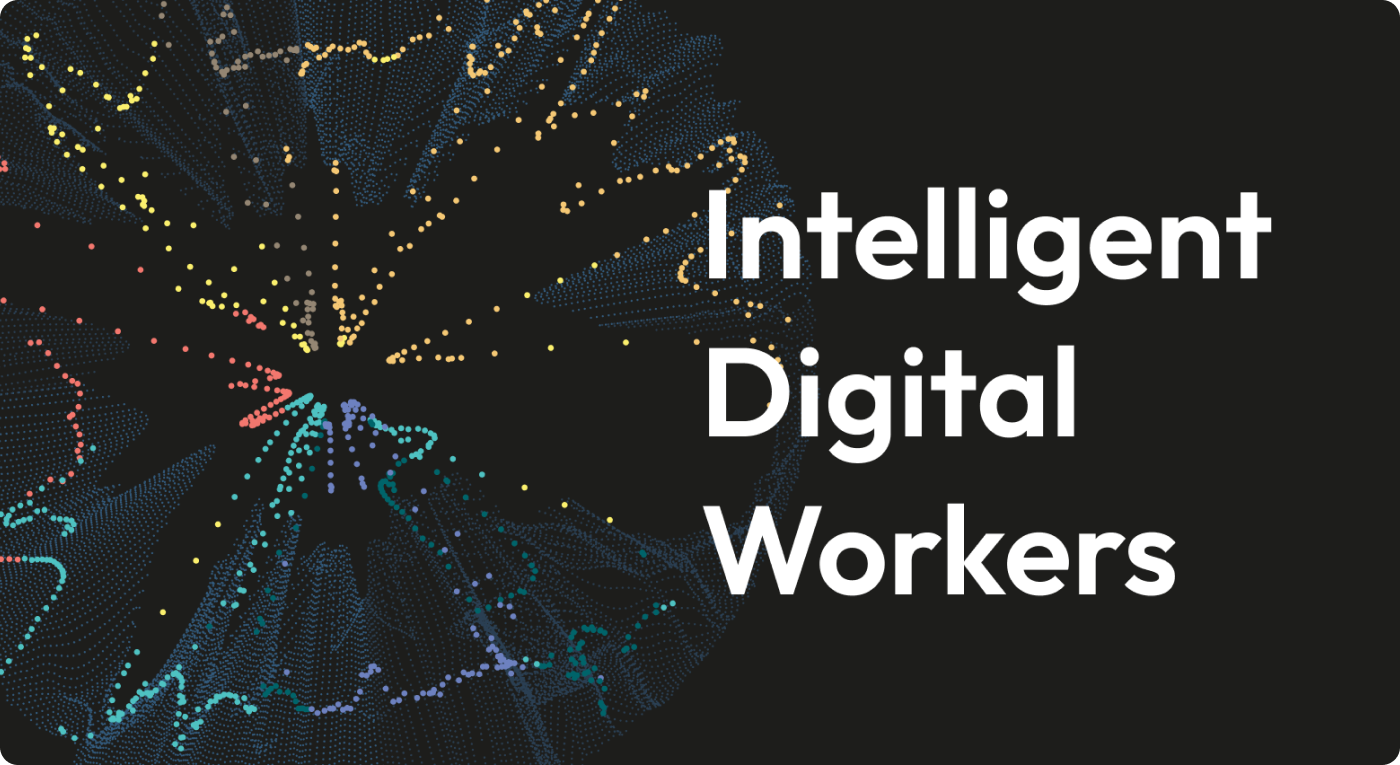With all of the hype and noise surrounding generative AI, it’s hard to know how this powerful technology fits into individual organizations—meeting the individual needs of their employees and customers. The answer is complex, but building a fleet of Intelligent Digital Workers, or IDWs, is a strategic goal that’s achievable using tools that are currently available in the marketplace.
In essence, IDW is a fancy word for “bot.” In the current marketplace, however, which is loaded with hype and unmet promises, “bot” feels almost pejorative and doesn’t adequately illustrate the depth of an IDW’s capability. .. In computer reality, an IDW is a collection of skills, analogous to a folder holding files or a domain name housing web pages. The objective of an IDW is to take on some of the tasks that humans typically perform. IDWs are not meant to replace humans, however. They are meant to provide human assistance, improving our efficiency by automating redundant tasks and creating more time for creative problem-solving (something we humans are exceptionally good at).
For IDWs to provide this kind of dynamic assistance, here are six high-level functions to build use cases around:
Become a member to read the whole content.
Become a member






